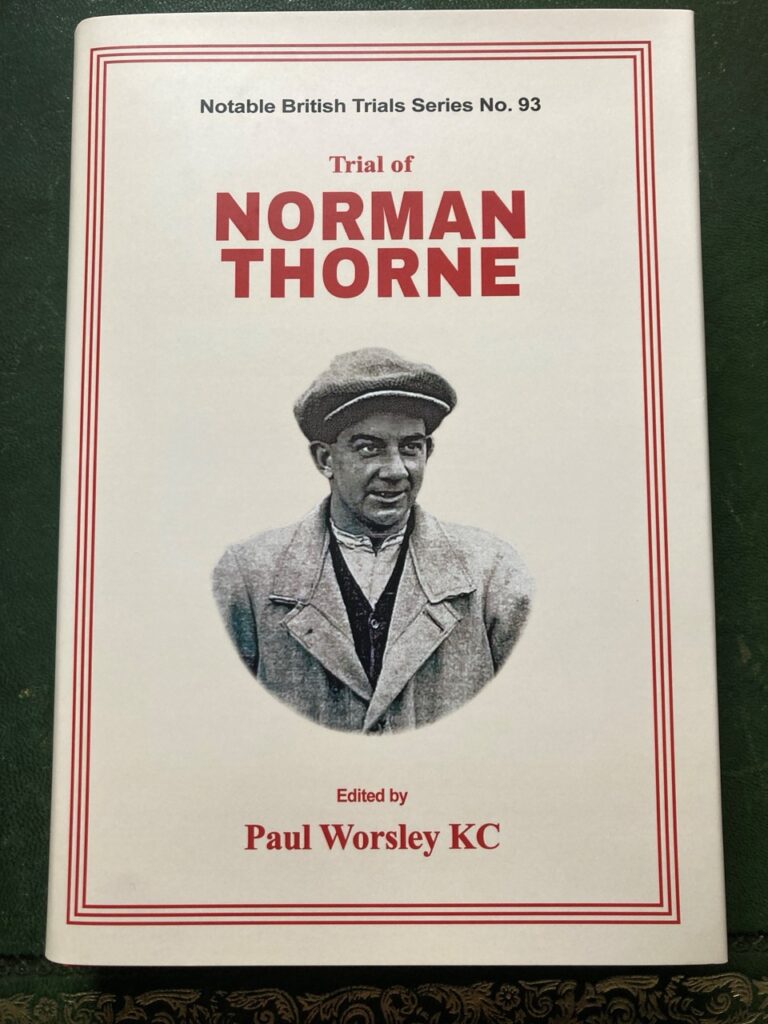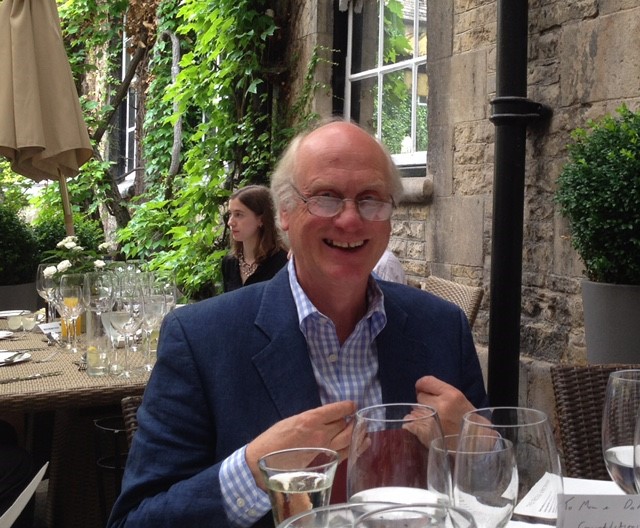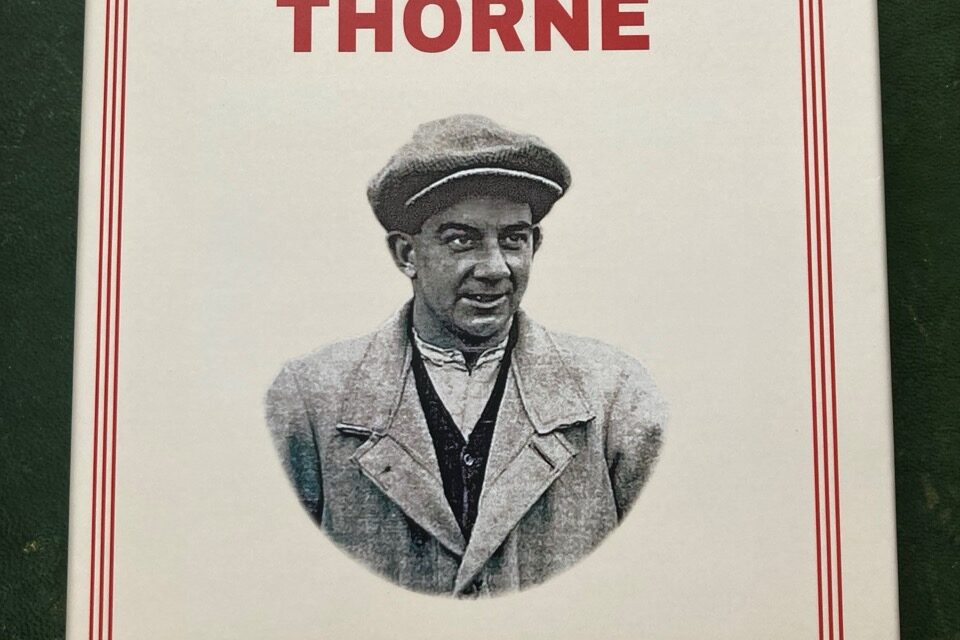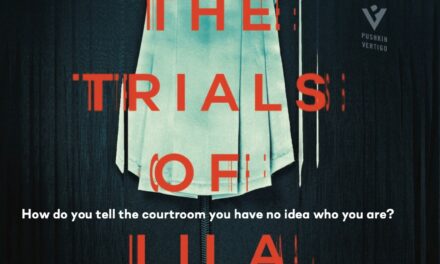
Master Paul Worsley, after his success with The Postcard Murder: a Judge’s Tale, returns to the real crime scene with this little-known case of rural murder. The original William Hodge series were published between 1905 and 1959 and were the benchmark for avid followers of famous criminal trials, ranging from Mary, Queen of Scots in 1586 to Craig and Bentley in 1952. Their format is the record of the trial with the evidence, speeches and summing up – where they still exist – and an introduction by a chosen editor. The introduction is all important and many a famous name has graced the frontispiece of these volumes, from William Roughead and H Montgomery Hyde to F Tennyson Jesse and, in 1931, another Bencher of the Inn, Helena Normanton KC, who herself suggested to William Hodge that she should edit this very trial but actually did the Alfred Rouse Blazing Car Case – far more factually exciting.
The case by modern standards is fairly simple. Norman Thorne was a youngish man, reasonably educated and of Methodist upbringing, who in 1924 had bought a patch of land near Crowborough, and called it appropriately Wesley’s Chicken Farm, with the intention of making an honest living out of rearing such creatures. He had by all accounts no particular vices. He had met and was going out with Elsie Cameron; also, a person of unimpeachable character. Their relationship was low key but after he had built a hut on his plot which became his home, he began to entertain her there, and as they say one thing led to another. She believed that she was pregnant by him. She was not, as events were to prove. After some time, he met another young lady, Elizabeth Coldicott, and a physical relationship developed between them. It was this, said the prosecution, which sparked the fatal meeting between Norman and Elsie which culminated in her death in the hut.
Elsie was anxious for marriage, Norman less so, at least to Elsie now he had found his true love.
The prosecution case was that in the hut they had some sort of row. As a result of which he caused her injuries, not in themselves fatal, but which set in motion her death by shock. He then, they said, almost immediately, rather than seek help, decided to dismember her body, and having done so buried the parts locally. Thorne’s case was that he had returned to the hut to find that she had, out of depression, attempted to hang herself from a rafter, that he had cut her down, possibly causing her injury as he did so, but was unable to revive her. Out of panic he then cut her up and concealed her body parts.
The eminent pathologist Bernard Spilsbury gave devastating evidence that there was no sign of attempted suicide and despite the skills of JD Cassels QC, the Lewes jury convicted of murder.
Master Worsley, drawing upon his usual blend of wit and experience, suggests that Thorne might have evaded the hangman’s noose if his defence had been that he had inadvertently caused her death during an argument when he had done some but not serious physical injury. He postulates that a conviction for manslaughter would have been a likely outcome. My own view is that the Sussex jury were not impressed by the butchery for which there was no real explanation other than a desire to conceal identity.
Master Worsley has done his homework which is his trademark. We get delightful summaries of the careers of all the well-known counsel in the case – the judges Mr Justice Finlay and both leading counsel were all Middle Templars – and fascinating insights into the mores of those times a century ago.
I greatly enjoyed this volume. The introduction goes at a cracking pace and is almost more gripping than the opening speech of the trial prosecutor, Sir Henry Curtis Bennett KC. I did though wonder whether R v Thorne really does qualify as a ‘notable’ trial. In the company of Guy Fawkes, William Palmer, Lord Lovat etc. he is but a minnow. Nonetheless, this is a very good read.

Master Gerald Clifton was a Circuit Judge for 20 years on the Northern Circuit sitting in Manchester and Liverpool, and as an occasional judge of the Old Bailey. At the Bar and as a judge, he dealt with serious criminal cases. He was elected a Bencher of the Middle Temple in 2006. He is a keen collector of the Notable British Trials Series.


